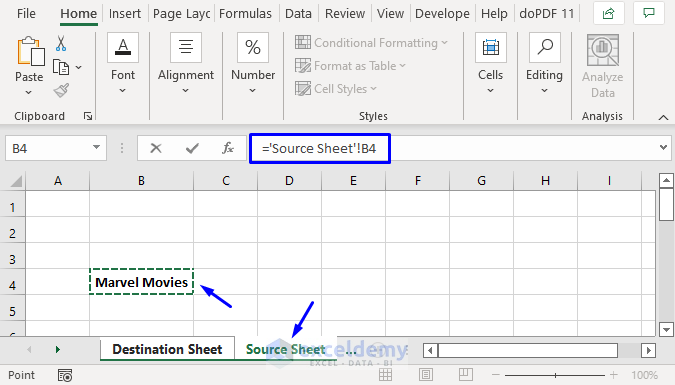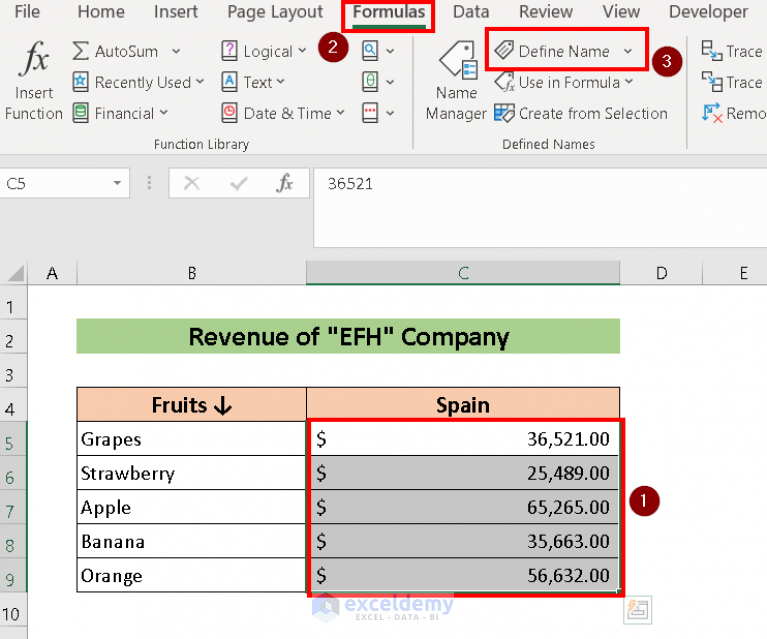5 Ways to Link Excel Sheets Instantly

Linking Excel sheets is a powerful feature that can significantly enhance productivity, streamline data management, and ensure data consistency across multiple workbooks. Whether you're dealing with financial models, large datasets, or project management, linking sheets instantly allows for a more integrated workflow. In this comprehensive guide, we will explore five effective methods to link Excel sheets effortlessly, turning your Excel workbooks into dynamic and interconnected tools.
Method 1: Using External References (Linking Workbooks)

Linking workbooks using external references is one of the most fundamental methods. This technique is especially useful when you want to consolidate data from various sources or keep multiple workbooks synchronized with live data updates.
- Step 1: Open the destination workbook where you want to link the data.
- Step 2: In a cell, enter
='[WorkbookName.xlsx]SheetName'!CellAddress. Replace 'WorkbookName' with the name of the source workbook, 'SheetName' with the sheet where the data is, and 'CellAddress' with the cell containing the data you wish to link. - Step 3: Press Enter, and the data from the specified cell in the source workbook will appear in the destination workbook.
When linking via external references, ensure that:
- The source workbook is saved in a location where both the source and destination workbooks can access each other.
- If you're moving files or changing file names, update all links to prevent broken references.
✏️ Note: If the linked workbooks are on different drives or in different folders, you might encounter difficulties in maintaining these links.
Method 2: Data Consolidation

Data consolidation is ideal when you need to summarize or aggregate data from multiple sheets or workbooks into a single workbook for overview purposes. Here's how you can do it:
- Step 1: Go to the "Data" tab and click on "Consolidate".
- Step 2: Choose the function (sum, average, etc.) that you want to apply to the data.
- Step 3: Add the ranges from the source sheets or workbooks you want to consolidate.
- Step 4: Select where you want the result to appear and click "OK".
A key advantage of this method is the ability to link cells based on labels or categories, offering flexibility in how data is summarized.
🔖 Note: Excel automatically updates the consolidation results whenever the source data changes, but changes in range references or data structure might require manual updates.
Method 3: Power Query for Linking Sheets

Power Query is Excel's ETL (Extract, Transform, Load) tool, which can be used to connect, transform, and link data from various sources, including Excel sheets from different workbooks.
- Step 1: From the "Data" tab, select "From Other Sources" and then "From Microsoft Query" or use the "Get Data" option in newer versions.
- Step 2: Choose "From File" and then "From Workbook". Navigate to the workbook with the data you want to link.
- Step 3: Select the table, sheet, or range you want to load into Power Query.
- Step 4: Apply any necessary transformations, like filtering or merging data.
- Step 5: Load the transformed data into your current workbook, choosing to create a link that can refresh on demand.
Power Query not only links data but also allows for advanced data manipulation, making it invaluable for complex data integration tasks.
Method 4: Using 3D References

3D References are used when you have multiple worksheets within the same workbook that follow a similar structure, and you need to perform calculations or summary across all these sheets.
- Step 1: To create a 3D reference, you reference a range of sheets within a formula like this:
=SUM(Sheet1:Sheet3!A1). - Step 2: Ensure that the cells or ranges you are referencing have the same structure across all sheets involved in the calculation.
3D references are exceptionally useful for tasks like:
- Summing sales across multiple months.
- Calculating averages or totals across different teams or departments.
🔎 Note: Adding or removing sheets from the range will automatically adjust the 3D reference calculation.
Method 5: VBA Macros for Dynamic Linking

For those comfortable with coding, VBA (Visual Basic for Applications) can be used to automate the process of linking sheets, especially when dealing with dynamic data sets or when you need more control over how data is linked or refreshed.
- Step 1: Open the Visual Basic Editor by pressing Alt+F11 or navigating through Developer tab > Visual Basic.
- Step 2: Insert a new module and write a VBA script to:
- Open workbooks.
- Select and link data from source to destination sheets.
- Refresh links periodically or on an event (like workbook open).
- Step 3: Run the macro to execute the linking process.
VBA allows for custom link refreshing, error handling, and conditional linking based on user-defined criteria, offering the most control over how Excel sheets interact with each other.
🚀 Note: Ensure you have backup copies before running macros, as they can alter data in unintended ways if not programmed correctly.
By mastering these five methods of linking Excel sheets, you unlock a plethora of possibilities for data analysis, reporting, and project management. Each method provides a different approach to interconnectivity, allowing you to choose the best tool for your specific needs. From simple external references to complex VBA-driven automation, Excel's capabilities cater to both beginners and advanced users alike, ensuring that your workflow remains efficient and your data up-to-date.
Can I link sheets from different file formats?

+
Yes, you can link sheets from various file formats like .xlsx, .xlsm, .csv, or even databases using methods like Power Query or VBA. However, ensure compatibility and proper referencing to avoid data inconsistencies.
How do I update links in Excel?

+
To update links, go to “Data” > “Edit Links” to refresh or change the source of linked data. Excel will automatically prompt for updates when the source file is modified.
What happens if a source file is moved or renamed?

+
If a source file is moved or renamed, Excel will show #REF! errors in linked cells. You can update the links manually or use the “Edit Links” feature to reconnect to the new location or name.



